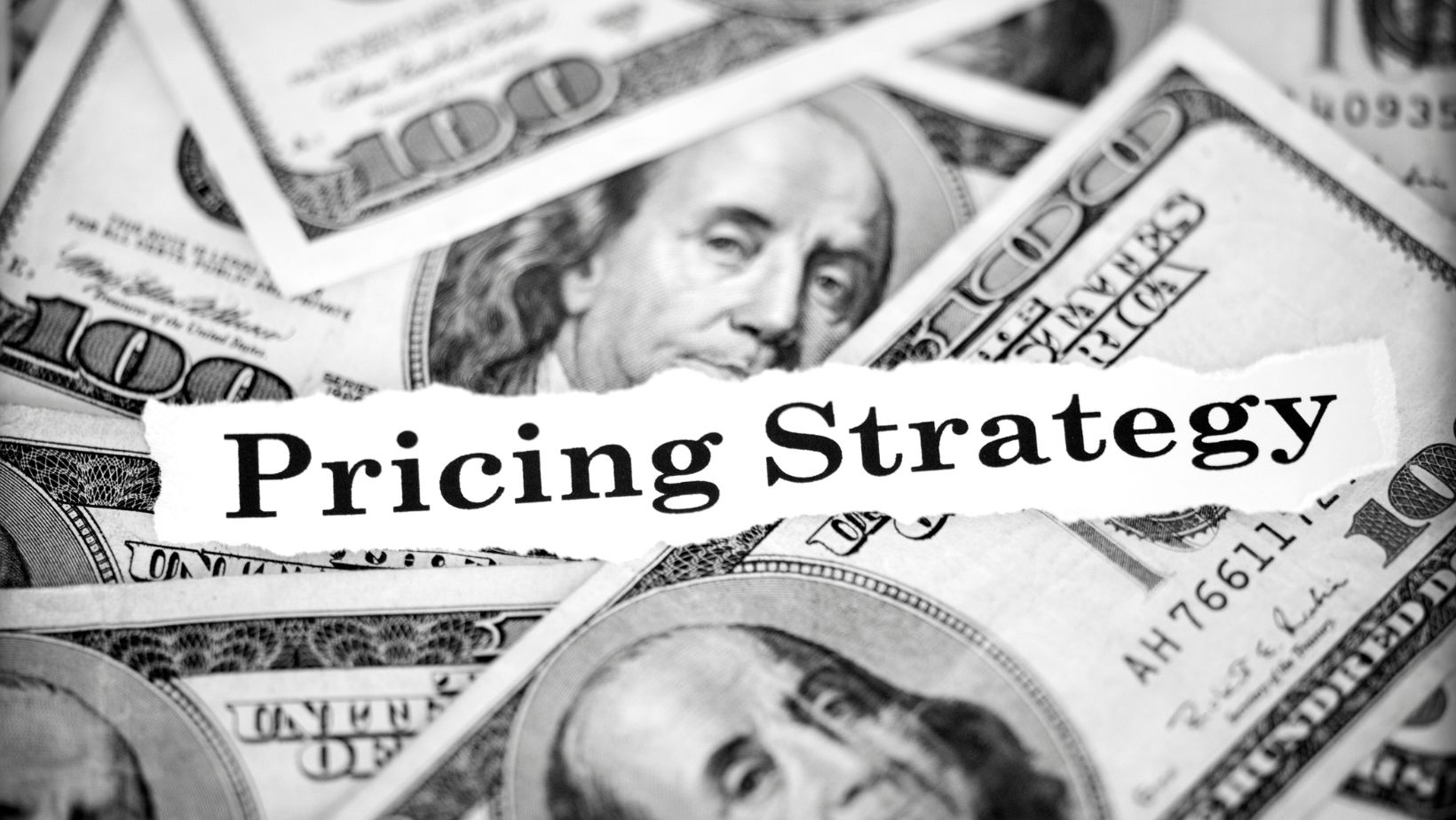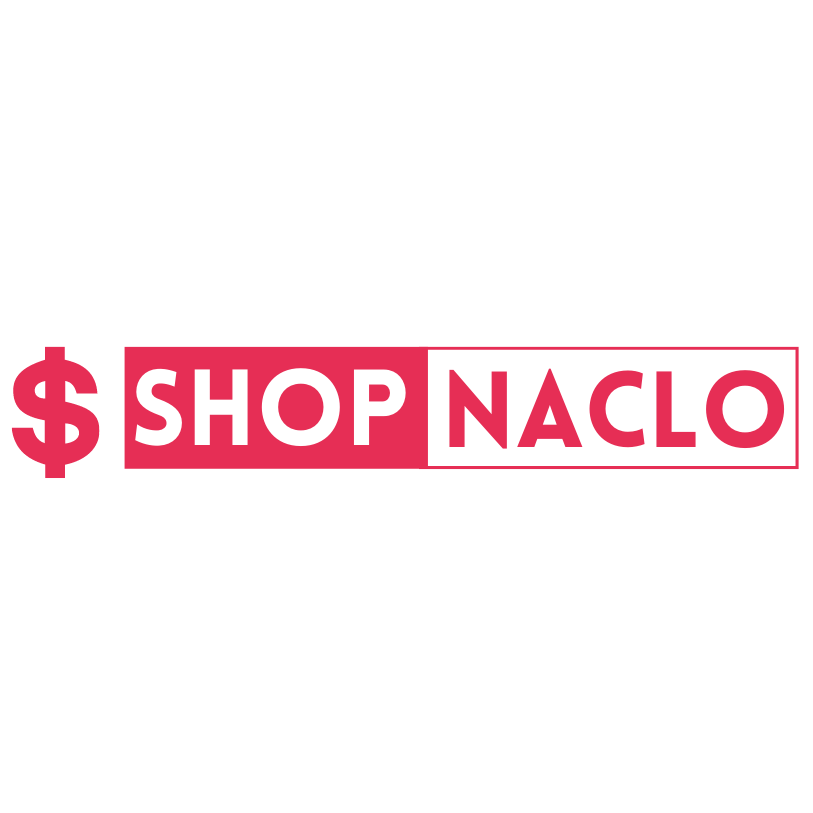The globalization of the market makes it hyper-competitive. Until recently, it was enough to look at a few stores in your neighborhood to solve the problem of competitor-based pricing. However, today, the concept of a market niche and competitors is becoming more blurred. Sometimes, it may be cheaper for a consumer to order a product from another country than to buy it at the nearest supermarket. Therefore, retailer price monitoring requires a more comprehensive approach and consideration of many additional variables. In this article, we will consider the modern vision of competitor-based pricing, which has developed under the influence of e-commerce practices.
Features of a Competitor-based Pricing Strategy
A competitive pricing strategy consists of matching the prices of your offerings with the prices of your competitors. This approach assumes a goal-oriented rational consumer who compares prices from different suppliers before making purchases. And if your prices do not match the prices of other market players, they will refrain from buying your goods or services. Moreover, this law works both ways:
- If your products are too expensive compared to your competitors, there is no point for them to overpay for identical goods.
- If your products are too cheap compared to your competitors, the consumer begins to doubt their quality.
If you become a market leader, you will need to become a price setter to maintain this position. For example, Apple sets the upper price limit for its products. But this still creates excitement around its new products. If it starts to lower the price level, this will be a signal to consumers that it is losing its leadership in this market niche.
A competitive pricing strategy consists of matching the prices of your offerings with the prices of your competitors.
Different Approaches to Competitor-based Pricing
Alternative competitor-based pricing models require constant monitoring and consideration of competitors’ prices. However, you can set prices for your products relative to your competitors in different ways:
- Below are competitor prices. Often, new market participants try to get their share by setting lower prices. In this case, it is better to present such reduced prices as discounts rather than a base price for the product. This will convince potential buyers that the product is not inferior in quality to more expensive products. Also, you will signal to them that the product will cost more after this promotion.
- Matching competitors’ prices. This approach works well when you share a market with a competitor in a common physical or digital space. If the consumer sees the same prices, it doesn’t matter to them where to buy the product. That is why you can claim a significant market share.
- Above competitor prices. If your product or service brings more value to the buyer, it should cost more. In this way, you attract consumers’ attention to your offers and stimulate a reconsideration of their consumer practices. If you have anticipated the trend correctly, consumers will choose your product, even if it costs more.
Advantages and Disadvantages of Competitive Pricing Strategy
There are many pricing models from which you can choose the one that will improve your business. Competitor-based pricing is the most popular but not the only one. Therefore, to compare it with alternative approaches, you need to know its strengths and weaknesses.
Pros:

- Ease of use: To adjust your pricing, you do not have to build multi-factor models and collect information from different sources. All you need is to identify significant competitors who can claim your market share and track their prices.
- Saving resources on hiring additional specialists: This model does not require in-depth analysis and unique specialists proficient in its methodology. Therefore, you can delegate this task to any employees and be sure they will cope with it effectively.
- Compatibility with other pricing methods: Competitor-based pricing can be complemented by other methods. For example, you can consider the production cost or the value of your product/service for the consumer.
- Efficiency: This is a proven pricing strategy that allows businesses to gain market share and retain their customers. So, instead of experimenting with more advanced but less proven models, you can stick with this simple one.
Cons:
- Limited application: If you are competing against popular brands, it will not be effective, since they have more freedom in setting prices for their products. It is also not suitable if you have disparate business sizes. For example, a giant company can sell its products much lower than a small craft workshop.
- The need to match dynamic pricing: Using this approach requires constant monitoring of competitors’ prices. To do this, you will need special price-tracking software or many hours of manual labor. Both require certain expenses from the company’s budget.
- Ignoring other market factors: This approach is narrow if you do not supplement it with a set of other important factors. Its isolated use without taking into account such factors as demand, production cost, product value, and others can lead to a drop in sales or a decrease in profits.

- Reactivity: You will always be dependent on the pricing decisions of your competitors. This reduces your degree of freedom and limits your development.
The Bottom Line
A competitive pricing strategy can help you gain a foothold in the market and effectively maintain your position. However, to become a leader and a price setter, you will need alternative approaches to pricing. You should synthesize your own model, taking the best of competitor-based pricing and the following models:
- Cost-plus pricing
- Demand-based pricing
- Value-based pricing
Find the perfect balance between production costs, consumer interests, and prices of other companies in your market niche. Then, you will be able to outperform your competitors, especially those who rely solely on a competitive pricing strategy. Without taking into account the costs and value of their goods/services, they will not be able to set optimal prices. But in your case, such a synthetic approach will provide additional profit and incentives for business growth.



